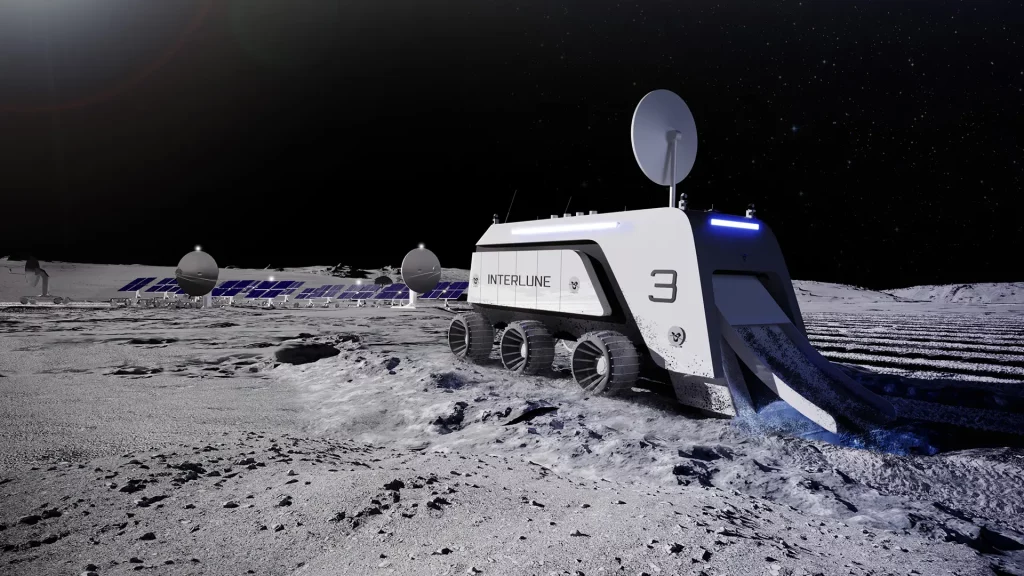As we know that 25 tones of helium-3, a very rare form of helium, could supply the entire United States with power for a year. Unfortunately, the amount of helium the Earth’s atmosphere receives naturally is insufficient to meet our energy needs. Consequently, the only small amount of it is being obtained this high-energy fuel is by mining it from the moon.

A very Interesting fact, a first company Interlune to commercialize resources in space and it will unlock unprecedented growth and innovation for the betterment of Earth. The good news is that it has already secured $15 million with the objective of extracting helium-3 from the lunar surface and transporting it back to the Earth.
This company was founded by Harrison Schmitt, a member of the Apollo 17 mission and Rob Meyerson, a former president of Blue Origin. Interlune’s aim is to pioneer private space ventures focused on utilization lunar resources for commercial purposes. Presently, the company is focused on a robotic lander mission to assess helium-3 concentrations at specific lunar sites to transport to the Earth for the energy purpose.

The logic behind lunar mining for helium-3 stems from the fact that this isotope is generated through the fusion of two photons with a neutron and two electrons,. This process occurring on the Sun. Solar winds carry these particles throughout the solar system, but Earth’s magnetic shield, known as the magnetosphere, prevents most from reaching our planet.
While some helium-3 is produced on Earth through tritium decay in nuclear reactors. Those quantities are minuscule compared to the potential abundance on the moon.

Unlike our Earth, the moon lacks both an atmosphere and a magnetic shield so that it allows it to continuously accumulate high-energy particles from solar winds. An estimation suggest that the moon possesses a vast reservoir of approximately 1.2 million tons of helium-3, making it an enticing target for resource utilization for our Earth.
In their recent press release, the company suggests that helium-3 extracted from the moon could bolster various industries and disciplines, spanning from medical imaging to nuclear fusion and quantum computing.

The company investor Alexis Ohanian said that accessing the abundant helium-3 and other valuable resources on the moon and beyond could propel technological progress currently constrained by limitation to supply.
They are confident that they need to have sustainable and considerate technology to achieve this ambitious goal. The company’s spokesperson Meyerson emphasized that harvesting natural resources from the moon is now both technically and economically limited and it is marking a historic milestone for the human being here on Earth.
